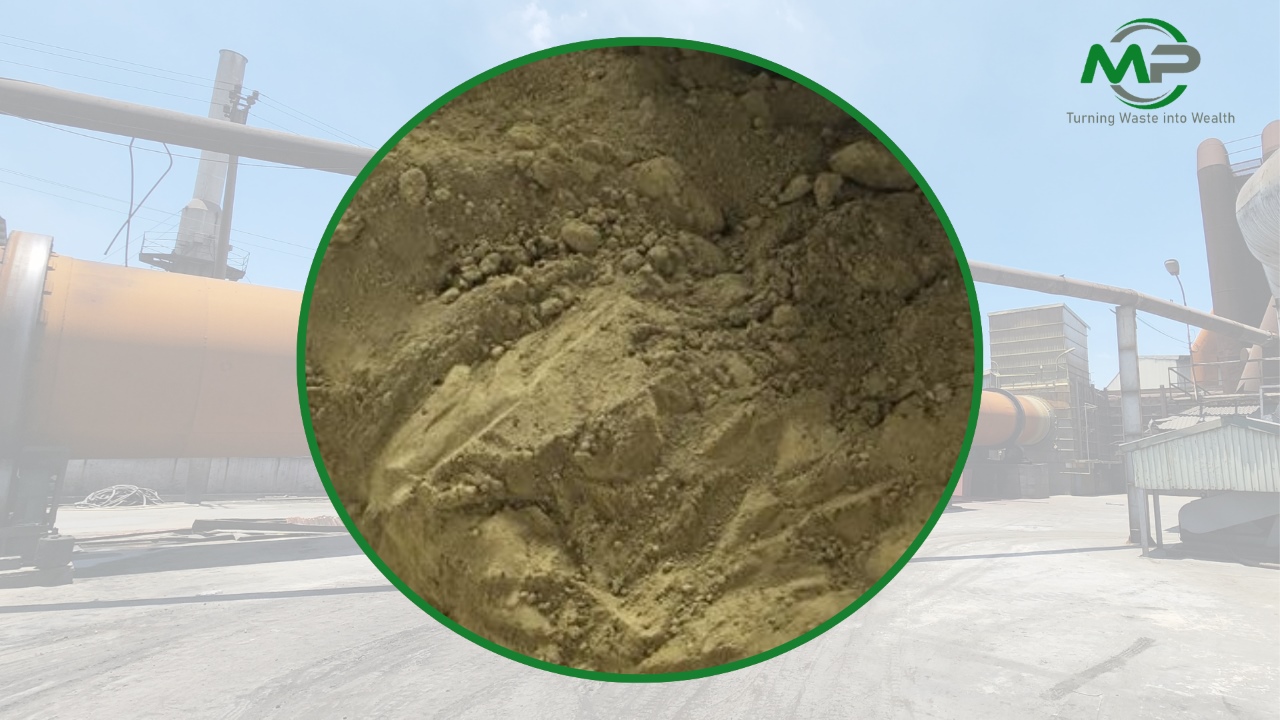
What is Waelz Zinc Oxide?
Waelz Zinc Oxide (WZO or Crude Zinc Oxide) is a high-purity zinc compound produced through the Waelz process. This recycling technology efficiently recovers zinc from industrial waste. Sourced mainly from electric arc furnace (EAF) dust from steel mills, It is valuable across many industries. Its sustainable production transforms hazardous waste into useful materials.
The Production Process of Waelz Zinc Oxide
WZO is created in a rotary kiln operating between 1,000°C and 1,300°C. EAF dust, zinc ash, and other zinc residues serve as the main raw materials. Carbon acts as the reducing agent. As the kiln heats, the zinc reduces to vapor. This vapor is captured and condensed into zinc oxide powder, known as Waelz Zinc Oxide. It can undergo further purification if needed.
Composition and Properties
WZO typically contains 55% to 65% zinc, depending on the materials used. Its high purity and consistency make it ideal for many applications.
It appears as a fine, white to light grey powder with strong chemical stability. Its consistent composition, even from recycled materials, makes it a reliable choice for industries seeking sustainable zinc supplies.
Applications of Waelz Zinc Oxide
- Rubber Industry: WZO plays a key role in rubber vulcanization. It boosts the strength, elasticity, and durability of products like tires and hoses.
- Ceramics and Glass: WZO is used as a glaze ingredient and a flux in glass. It improves transparency, durability, and thermal stability in both.
- Paints and Coatings: Its opacity and protective properties make WZO useful in paints, coatings, and inks. It provides UV protection and prevents metal corrosion.
- Chemical Industry: WZO is essential in producing zinc-based chemicals like zinc sulfate and zinc chloride. These are used in fertilizers, water treatment, and pharmaceuticals.
- Animal Feed: Zinc is vital for animal health. It can be processed into zinc sulfate, commonly used in feed to promote growth and boost immunity.
Environmental and Economic Benefits
WZO provides both environmental and economic advantages. Its production minimizes waste and supports a circular economy. By recycling EAF dust, the Waelz process reduces the need for virgin zinc ore, conserving natural resources and lowering environmental impact.
Economically, WZO is often more affordable than zinc oxide from primary resources. This makes it an attractive option for companies aiming to cut costs while maintaining sustainable practices.
Conclusion
Waelz Zinc Oxide is critical across multiple industries, offering both functionality and sustainability. Produced from the Waelz process, it represents eco-friendly manufacturing by converting waste into a valuable, high-purity zinc product. Its diverse applications, from rubber to chemicals, highlight Waelz Zinc Oxide’s importance in today’s economy.


